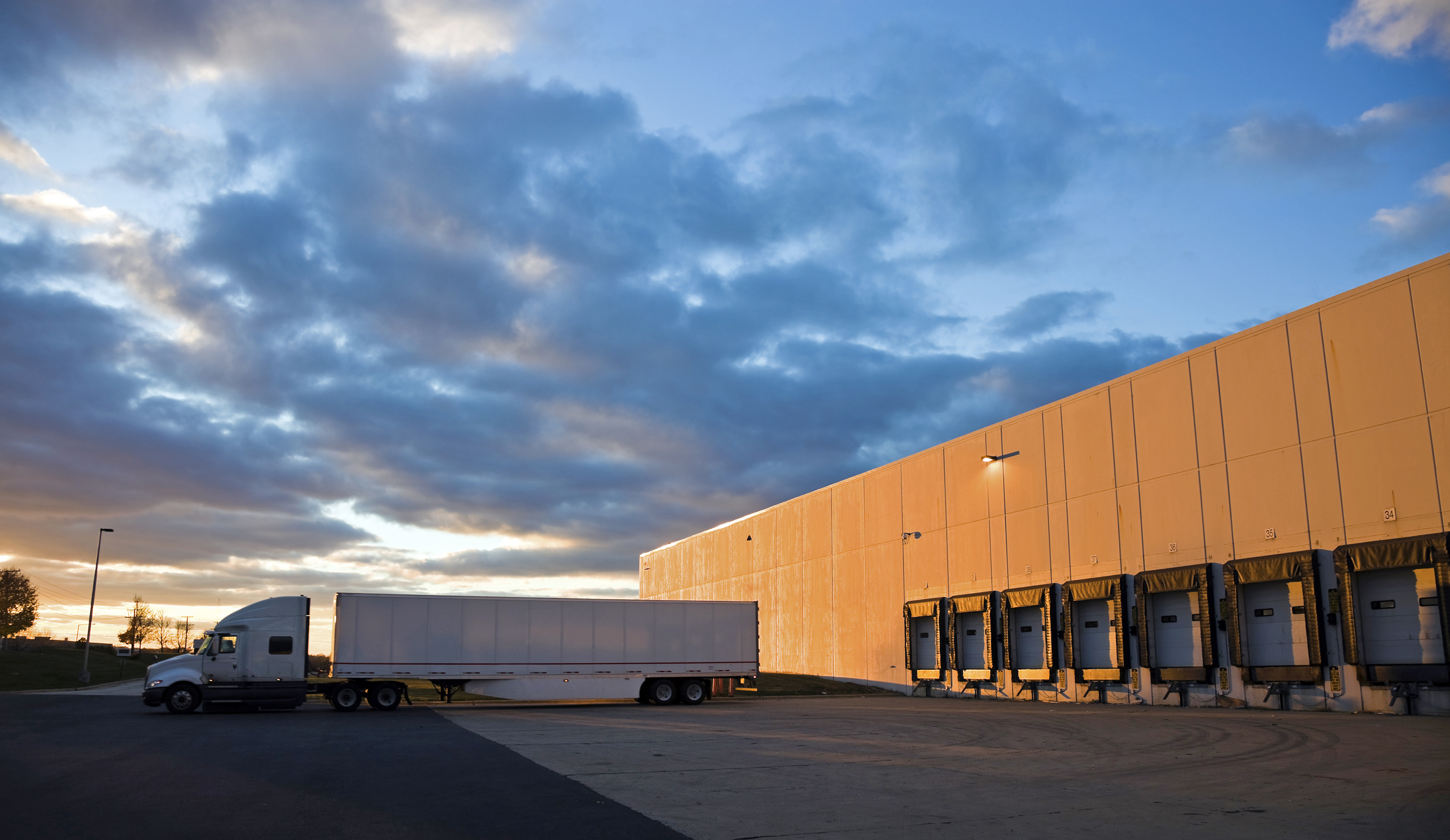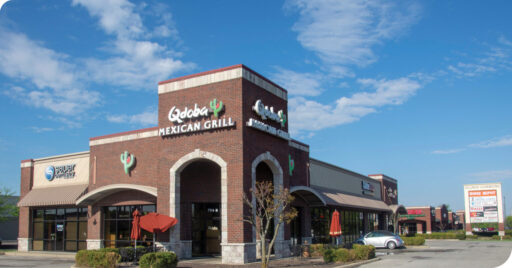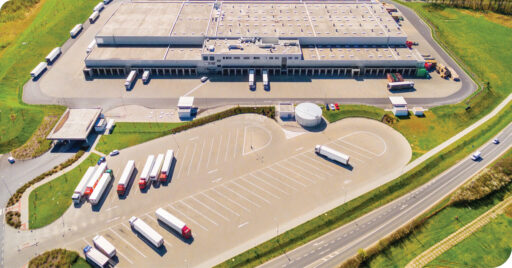Financing the Purchase of a Building
Every person on this Earth, if they’re lucky, will make some life-changing decisions during their time. It may be the decision to move across the country for a job, or get a new car after years of driving that old faithful you bought right after college, or buy a house after years and years of apartment living. Or perhaps you are a business owner ready to take the plunge and purchase some commercial real estate.
That big decision can be intimidating; but, with a little knowledge before you walk into your real estate broker’s office, you can begin the process with a sense of assurance and security.
The first decision to make is, perhaps, the easiest: whether you are buying an investment property or owner-occupied real estate. An owner with an investment property will occupy less than 50% of the property. An owner-occupied property will house at least 51% of the owner’s operating business. The pros and cons are fairly self-explanatory—much like buying a home with an extra room you might be able to rent out, an investment property offers the opportunity to generate income from the rental of a portion of your owned building. An owner-occupied space would offer less opportunity for additional income.
Next, you’ll need to find the money. Like the purchase of a new car, real estate often requires third-party finance. Commercial real estate buyers have their choice of two main loan structures: a conventional real estate loan or an SBA (Small Business Association) loan.
Conventional loans require a minimum 20% equity injection, or down payment, from the buyer (with the rest funded by the bank). Terms are between 10 and 20 years. Conventional loans are often more attractive because interest rates are lower than a Small Business Association loan.
The Small Business Association offers a number of loan guaranty programs, but the two most applicable are the 504 and 7(a) loans. Both options have a maximum loan amount of approximately $5 million, require an equity injection of at least 10%, have a 10- to 25-year term, and offer a 90% LTV. The 504 loan is ideal for small or new businesses; to qualify, a business must meet its Alternative Size Standard. 504 loan recipients do not exceed $15 million in tangible net worth and do not have an average two fiscal year net income over $5 million. Additionally, 504 loan recipients must plan to occupy at least 51% of the prospective property. A 7(a) loan is available to any business meeting the SBA’s size standards and does not require a certain level of occupancy.
Loan rates also come in a variety of flavors—mainly variable, fixed, and fixed with a balloon option. A variable loan’s interest rate will fluctuate over the life of the loan, usually following the trend of the market. Variable loans often begin with a lower interest rate than a fixed rate loan, but payment amounts will change over time and there is no way to calculate the exact total interest paid over the life of the loan. Fixed rate loans, as the name suggests, carry a static interest rate over the life of the loan. Each payment amount will be identical, and it is easy to calculate the total amount of interest paid from commencement to maturity. A fixed rate loan with a balloon option is a loan that does not fully amortize over its lifespan. As a result, a portion of the principal is due once the loan comes to maturity; this final payment is termed the “balloon” because it is often a large payment. Borrowers have the option of repaying or refinancing that remainder, as lenders are obligated to continue the loan and cannot refuse a request to refinance.
Businesses should also consider all of the fees associated with a real estate purchase. Some loans, including SBA loan guaranty programs, charge a prepayment penalty. The SBA 7(a) loan, for example, penalizes prepayment of loans with a maturity of fifteen years or more if prepaid during the first three years. Some loans also include guaranty fees on all or part of the total amount. Other fees could include commitment, origination, and processing fees. Always discuss applicable fees with your lender and investigate that information carefully before finalizing a loan.
A responsible lender will discuss all of these options with a business owner before a loan is ever finalized. An astute business owner should also ask their lender for turnaround times on processing, approvals, and closing so that there are no surprises. Armed with good information and confidence, the process of purchasing commercial real estate may become a great deal less daunting.
George is a Principal with Lee & Associates, represents companies in the selection and negotiation of sale and lease transactions. George has hands-on experience in the marketing of over 14,700,000 square feet, comprised of over 320 projects of office, industrial retail technical facilities and land in the Dallas/Fort Worth Metroplex.
To read more about George visit our website.
Lee & Associates transaction coordinator Tori Wilson contributed to this post.







